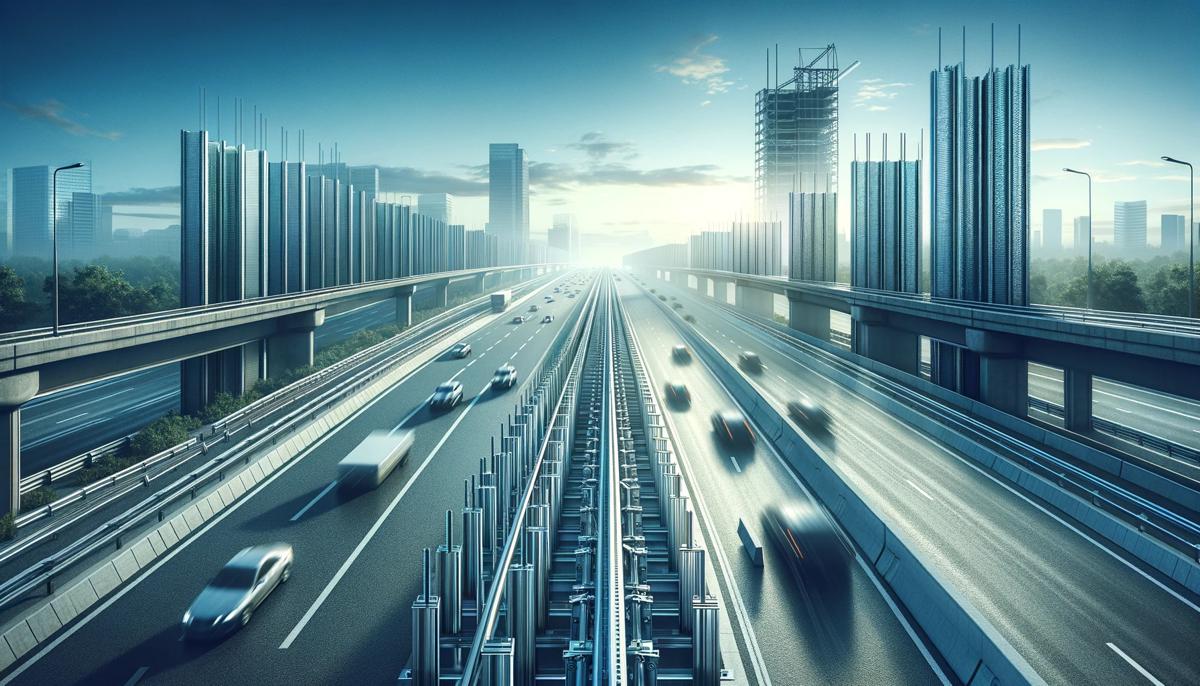Metsä Wood promotes top-down Timber as a solution for urbanisation
The urbanisation dynamic is driving ever greater demand for taller structures in increasingly dense cities. Whether architects and construction companies meet this demand using unsustainable materials, or by employing innovative, carbon negative mass timber products such as Metsä Wood’s Kerto® LVL, could make a huge difference to the liveability of the world’s urban environments.
The use of mass timber products in urban construction can help governments and developers meet density targets, while simultaneously reducing environmental footprint and mitigating the effects of climate change.
Research shows that around a quarter of urban buildings around the world are strong enough to carry additional floors made of wood. Kerto® LVL’s great strength makes it ideal for adding extra floors
Metsä Wood’s City Above the City contest, which ran in 2016, invited participants to suggest solutions for new housing on top of existing urban buildings.
“Using the tops of existing buildings as a site means that we are occupying a footprint that is already being used. This methodology offers huge potential for densification in Berlin with minimal impact on city sprawl,” says Sigurd Larsen Berlin-based Danish architect working within the fields of architecture and furniture design.
The high levels of prefabrication and customisation that architects and construction companies get when using Kerto® LVL also allow for rapid on-site installation, and additional storeys can easily be ‘bolted on’ to existing structures.
Mass timber architecture can be easily and efficiently recycled
A recent study found that nearly half of all demolished residential buildings in the United Kingdom are between 11 and 32 years old, while the lifespan of an average Japanese office building is between 23 and 41 years.
The demolition of buildings made from materials such as concrete and steel uses a lot of energy and generates significant waste. Conversely, mass timber architecture can be easily and efficiently recycled, ensuring that the carbon stored in products such as Kerto LVL is sequestered almost indefinitely.
Developments in mass timber mean over 100 million square metres of vertical space are currently unrealised in German cities alone. In terms of urban density, quality of live and environmental concerns, timber extensions can be a game changer
Join the Open Source Wood Initiative
Metsa Wood is calling on all architects and engineers to share their innovation in wood construction. The objective is to share knowledge on prefabricated elements and to grow building with wood. In 2017 Metsä is sharing it’s innovation and rewarding innovative designs with €30,000. Read more at www.opensourcewood.com


















